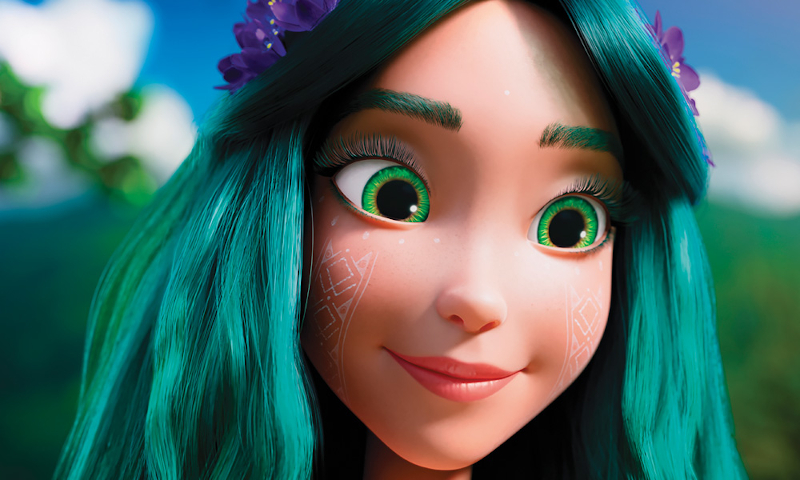Directors – Oleh Malamuzh, Oleksandra Ruban – 2022 – Ukraine – Cert. PG – 99m
Ukrainian language dubbed version with English subtitles ****1/2
English language dubbed version ****
#Mavka
Can the love of a brave and essentially honest youth for Mavka the forest spirit succeed in the face of the enmity between humans and nature? – Ukrainian animation is out in UK cinemas on Friday, July 28th
Long ago, events flared into a terrible winter war between the Guardian (voice in Ukrainian: Nazar Zadniprovskyi; in English: Marc Thompson) of the forest beyond the Dark Mountain and a sawmill owner who initially wanted to obtain one drop of the Source of Life to heal his sick daughter but then became greedy and brought an army to seize the rest of the Source of Life for himself. Seeing the terrible devastation wrought upon the forest in the conflict, the Guardian decreed that no human should ever again set foot in the forest.
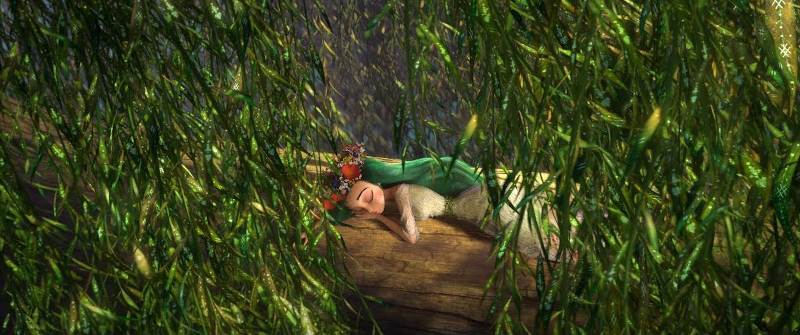
Many years later, as young forest spirit Mavka (voice in Ukrainian: Natalka Denysenko; in English: Laurie Hymes) awakens from her winter sleep to spread the new life of Spring, in the nearby village where flautist Lucas (voice in Ukrainian: Artem Pyvovarov; in English: Eddy Lee) is performing with fellow musicians, the late sawmill owner’s daughter Kilina (voice in Ukrainian: Olena Kravets; in English: Sarah Natochenny) returns promising well paid work. The requirement of entering the forest beyond the Dark Mountain deters most villagers, but not Lucas who needs the money for medicine to heal his bedridden uncle.
Recruited by Kalina’s fashionista assistant Frol (voice in Ukrainian: Serhiy Prytula; in English: Tom Wayland) and accompanied by her two strong arm men the Bouncer Brothers Eric and Derek, with whom he parts company, he sets out to locate the Source of Life for Kilina, who wants to exploit its rejuvenative properties.

Lucas meets and falls for Mavka, and she for him. However, forest spirits are supposed to stay away from humans… When Kilina, in the process of covertly drowning the captive Lucas in her family’s basement, persuades Mavka that the boy has sold her and the forest’s occupants out, the stage is set for another war between forest occupants and humans….
This is based on the three act poetic play The Forest Song by Lesya Ukrainka, written in 1911 and first performed in 1918, and one of the earliest examples of fantasy in Ukrainian literature. The play has spawned a number of adaptations in both ballet and opera. More recently, there have been films too. If you include the 1976 animated short, this is the fourth film version and the second animated film version. It was first filmed in 1961.
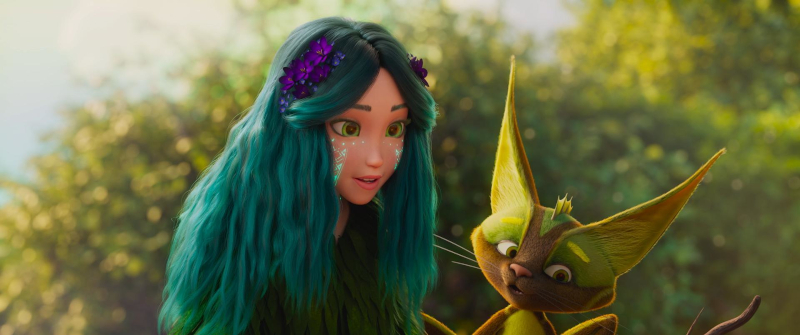
The current version owes much to the Disney model of animated storytelling, but this is made by Ukrainian animation studio Animagrad, who have been in business for over ten years. The film is populated with human characters, mythical characters and animals – mercifully, unlike most Hollywood family fodder, the animals don’t talk but use animal sounds just like real animals. The twin visions of human rural village life and the nearby forest filled with the spirits and animals of the natural world are nicely balanced, with the youth Lucas and the teenage Mavka representing both worlds as the piece’s two leads, and neither world nor character is given more attention than the other. Both these characters appeared in the original play.
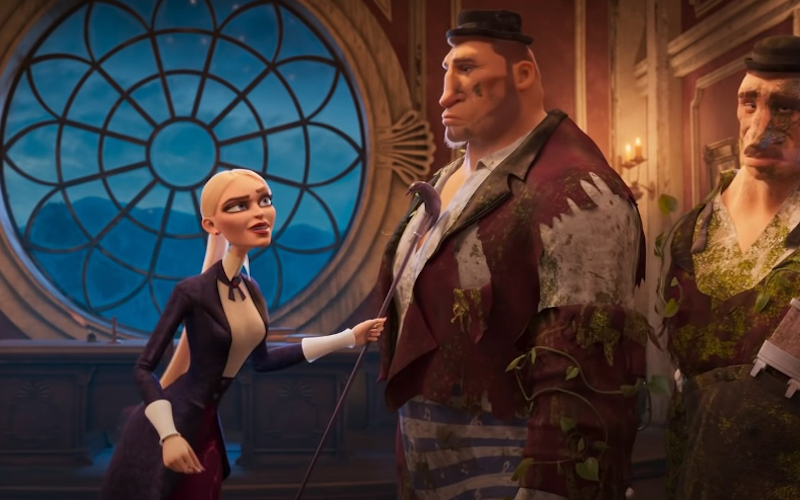
A great deal of thought and care has gone into the visual design of the characters and their environments, and it pays dividends throughout as you watch. The narcissist Kilina makes a great villain, although her fashionista sidekick Frol is a somewhat curious artistic choice whose obsession with clothing sits uneasily beside everything else here, even if he does give the impression of urban sophistication in contrast to the rural villagers. The two Bouncer Brothers, one of whom carries a blunderbuss, you can imagine growing up in tough city streets or factories.

Some of the characters on the forest side may be in part derivative of recent, Western, epic, mythological movies. The old Guardian looks a lot like Treebeard the Ent in The Lord Of The Rings: The Two Towers (Peter Jackson, 2002). A gathering around the old, magical tree of the Source of Life – which has its own distinctive leaf shape shown to Lucas by Kilina when she sends him out to find it – recalls a similar scene in Avatar (James Cameron, 2009). A herd of stampeding bison resembles the wildebeest one in Disney’s original The Lion King (Roger Allers, Rob Minkoff, 1994) where it was achieved by then groundbreaking computer animation technology (here, the herd is prevented by Mavda from running over a precipice, there it ran down the side of one).
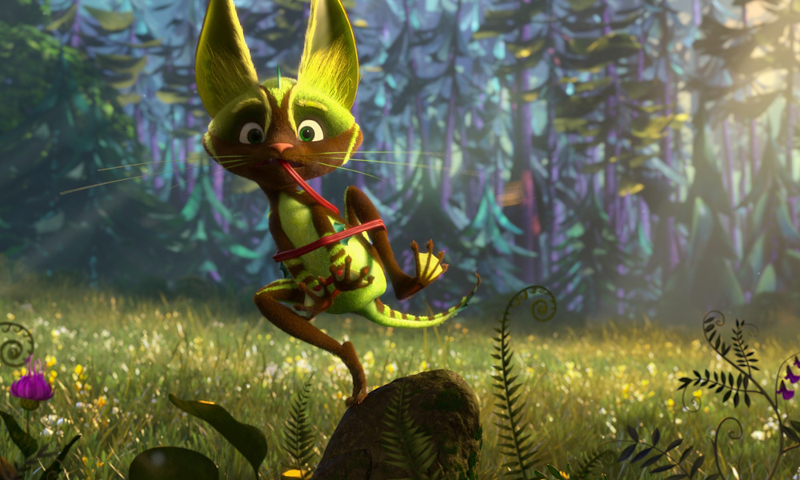
Other characters look more original though – Mavka’s two companions are Swampy – an unlikely but nonetheless endearing hybrid of (and I’m guessing here) a jumping frog and a miaowing cat, one of the non-talking characters – and the diminutive Hush (voice in Ukrainian: Mykhailo Khoma; in English: Marc Thompson), who flies around on a stork.
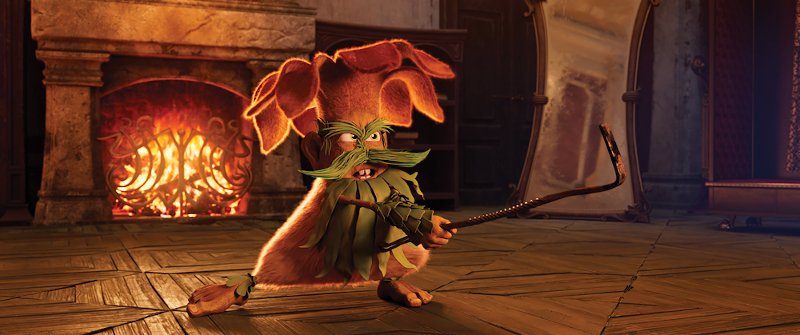
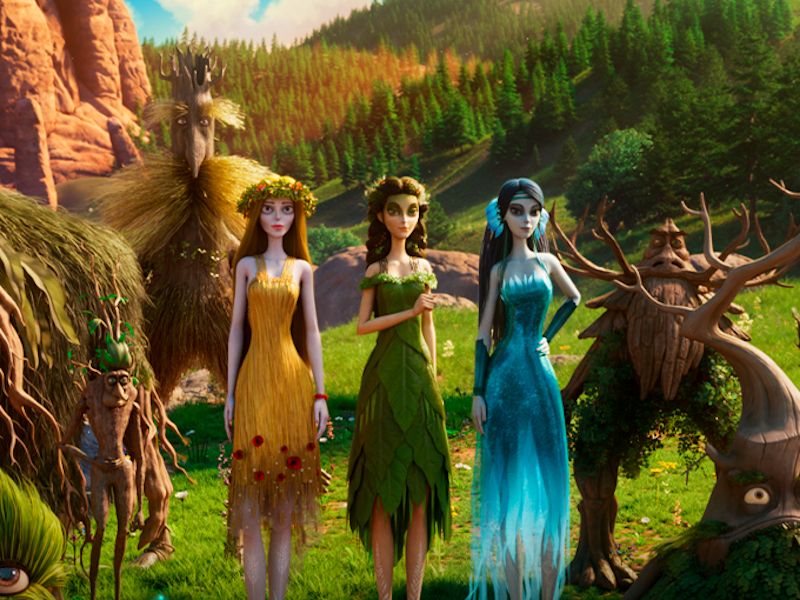
For good measure, there are three seductive / malevolent water spirit sisters, older, taller and less naive than Mavka, one yellow, one green, one blue. Somewhere off to the side of the main plot, in a plot strand never given more attention than the little it merits, the blue spirit, Ondina (voice in Ukrainian: Julia Sanina; in English: Nikki Thomas), the only one named, strikes up a romance with one of the Brothers (it’s never specified which is Eric and which is Derek, with their first names hardly reused after their introduction).


The prologue about the human and forest war boasts a striking, 2D animation design echoed in the more peaceful and idyllic, post-plot-end animated shots of countryside and forest reminiscent of the work of Ireland’s Cartoon Saloon (The Secret Of Kells, Song Of The Sea, The Breadwinner, WolfWalkers, Puffin Rock And The New Friends), and you half wonder why they went for so called ‘full 3D animation’ for the bulk of the film when these sequences look so good (an approach that, sadly, seems all too common these days in feature animation). Good though the film is, it never quite rises overall to the heights of Hungarian animated classic Son Of The White Mare (Marcell Jankovics, 1981).
The many magical moments include Lucas looking at a leaf which turns out to be an insect, then appearing on the screen multiple times seconds later as he hunts high and low for the tree fitting the leaf drawing in his hand. Neither adults nor children will ever be bored as the whole is well put together and there’s always something going on.
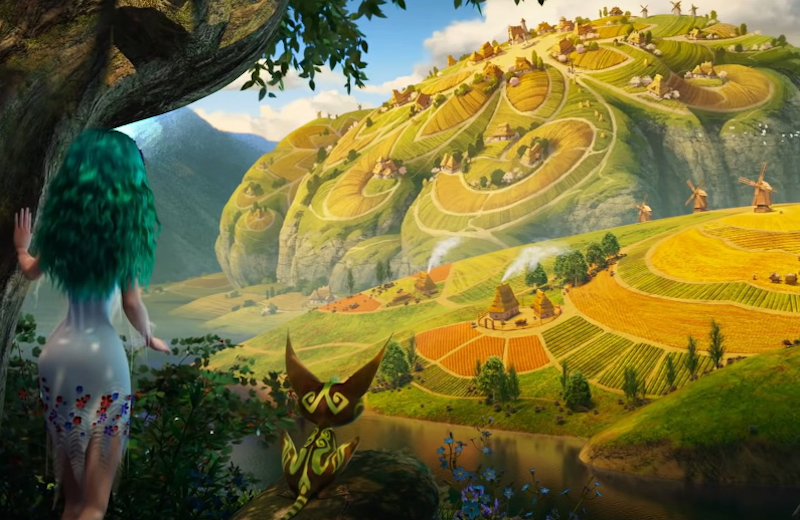
It’s well worth watching the Ukrainian language dub if everyone in your party can read subtitles. (Smaller children may not be able to do so, and the English dub solves that problem.) The English dub is reasonably good, although I wasn’t wild about the two English language pop songs, replaced by more palatable Ukrainian versions in the Ukrainian dub. Where the film gains in Ukrainian (and I write this as someone who doesn’t speak that language) is that the feel and rhythms of the words seem to fit the rural and mythological nature of the subject matter better. Simple as that.
In contrast to much of the cheaply produced, kiddie fodder animated films out there, Mavka is an impressive mythological tale told with style, sensitivity and heart; well worth seeking out.
Mavka: The Forest Song is out in cinemas in the UK on Friday, July 28th in both a Ukrainian language dubbed version with English subtitles (recommended) and an English language dubbed version.
#Mavka
Trailer (English dubbed version):
